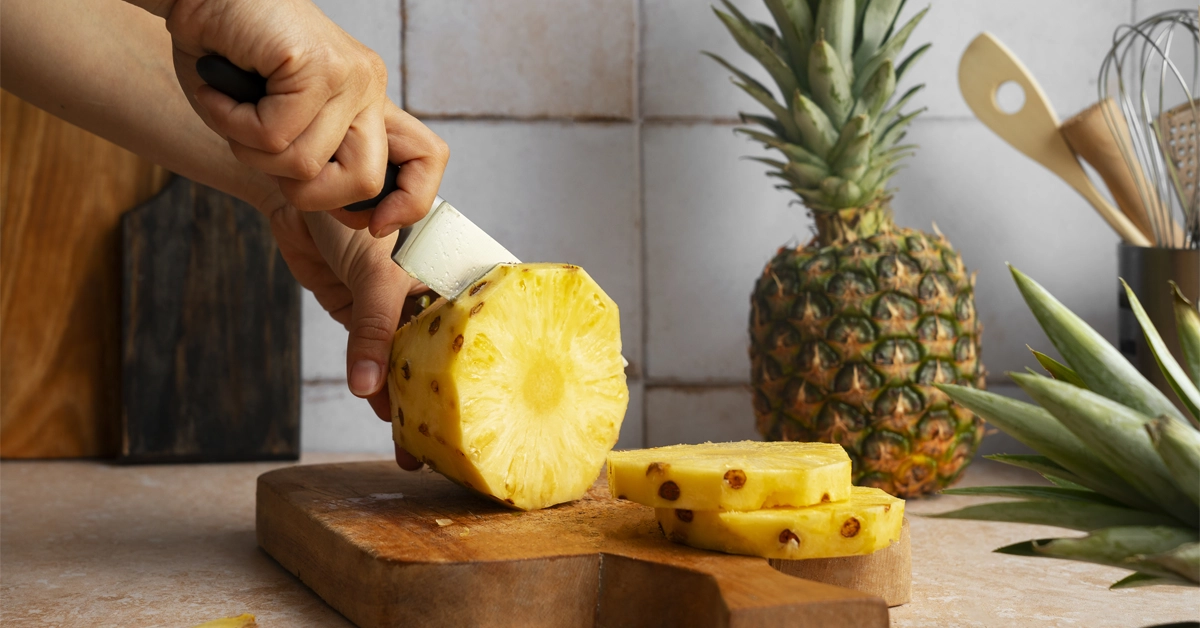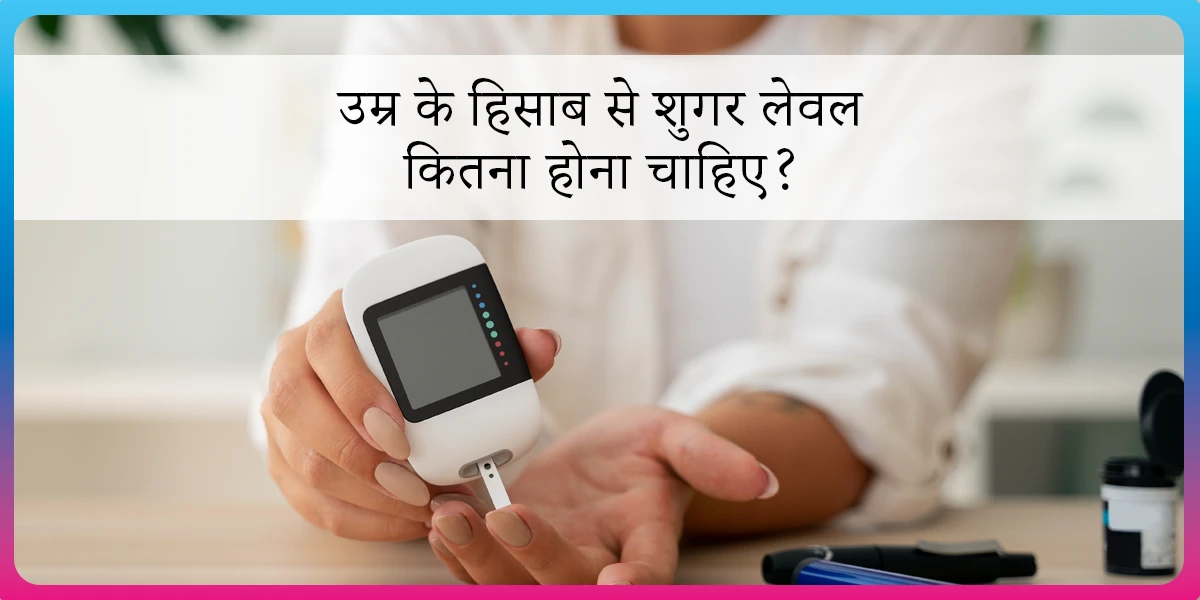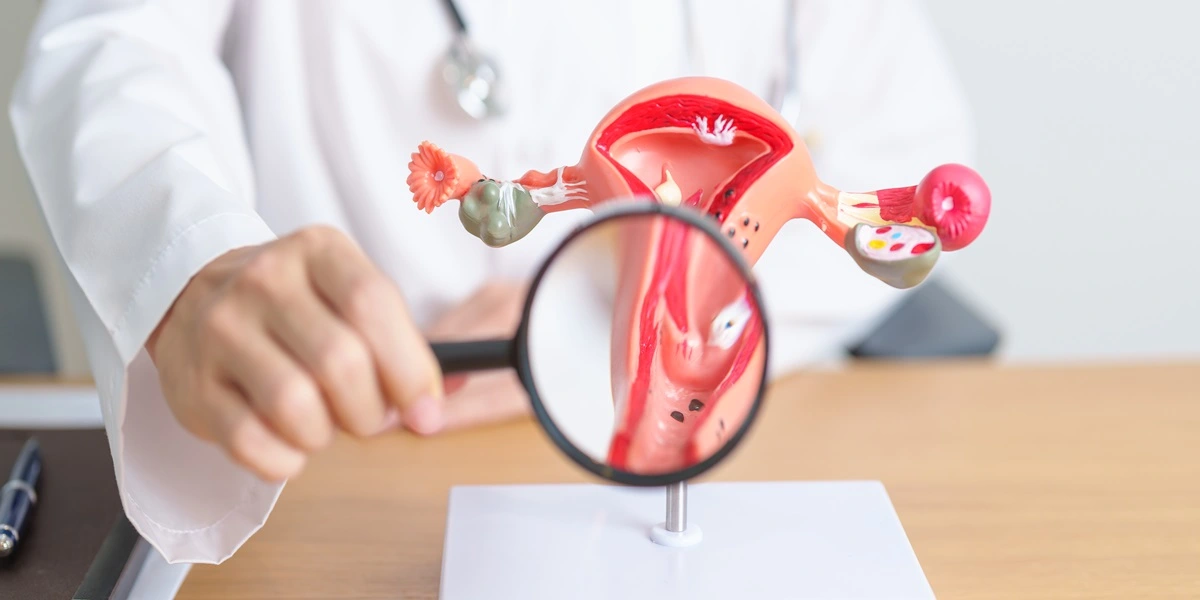Is Pineapple Good for Diabetes?

How often have you found yourself craving pineapple (अनानास)? Whether it’s that roadside vendor offering freshly chopped pieces sprinkled with mouthwatering chaat masala or your dad’s speciality pineapple raita – yummmm!😋
But then, that little voice in your head pops up – “Wait, can I even have this with diabetes?”
You might have heard the general rule, “Fruits are good, but not too good when you have diabetes.” Is that true for pineapples too?
Let’s find out.
Does Pineapple Increase Sugar Level?
Alright, the truth is – yes, pineapple does have sugar, but it’s not all bad.
Like all fruits, it has naturally occurring sugar (fructose), which provides energy. However, like everything else in life, moderation is key. The way pineapple affects your blood sugar depends on factors like how much you eat and what else you eat with it.
Diabetes Reversal
Calculator
To know your chances of Diabetes reversal, take the Diabetes Reversal Test
Nutritional Value of Pineapple per 100g
One cup of freshly cut pineapple or approximately 100 g of a serving of fresh pineapple will have about:
| Nutrients | Nutritional Value (per 100g) |
| Energy | 43 kcal |
| Protein | 1 g |
| Carbohydrate | 9 g |
| Fiber | 4 g |
| Fat | 0 g |
| Potassium | 143 mg |
| Natural Sugar | 9 g |
Is Pineapple Good for Type 2 Diabetes?
When it comes to managing diabetes, one key factor to consider is the Glycemic Index (GI).
GI tells us how quickly a food raises blood sugar levels in your body. Foods with a high GI spike your sugar faster, while those with a low GI raise it gradually.
Raw pineapple’s GI is 59, which falls in the moderate-GI category (56–69). So, yes, it will increase blood sugar levels, but not as quickly as a fruit with moderate-high GI, like a super ripe mango or an over-ripe banana.
If you have diabetes, you can eat any food, including pineapple and other fruit, but you’ll need to consider how it fits in with the rest of your diet and lifestyle.
| Pro Tip 💁
When having moderate-high GI foods like pineapple, check your blood sugar 2 hours later with a glucometer to see if it’s really good for you. |
Eating it in combination with low-GI foods like lentils, nuts, or high-fibre vegetables and eating in small portions can help balance its blood sugar spiking effect.
What To Keep In Mind While Eating Pineapple If You Have Diabetes?
- What other fruits are you eating with pineapple? Are you eating other high-sugar fruits like mango or banana as a salad? If so, reduce the quantity of pineapple and other fruits to keep total sugar intake in check.
- What other foods are you having with pineapple? Pineapple is often eaten as pineapple raita/pachadi with pulao, or as pineapple sheera/kesari and also on pizza as toppings. However, these combinations can be high in refined carbs and unhealthy fats, which may lead to a sharper spike in blood sugar. Opt for balanced pairings like adding pineapple to a salad with nuts or pairing it with lean protein.
- How much pineapple are you eating? The size of your pineapple portion matters. Eating too much pineapple at once might not be ideal, but a smaller serving, like 2-3 thin slices (about 100 g), is a better option.
By focusing on portion control, food pairings, and meal timing, people with diabetes can enjoy pineapple without worrying about significant blood sugar spikes.
Now, before we start tossing pineapples into our fruit baskets, let’s clear the air. The real question is: How much of it can you actually eat?
How Much Pineapple Can a Person with Diabetes Eat?
Well, sorry, there is no 1 answer to this. It will differ from person to person.
However, a balanced serving of any fruit for someone with diabetes will be around 10-12 g of carbs. So, as long as you’re counting your carbs, you can enjoy any fruit in moderation.
| Our Nutrition Coaches at Fitterfly advise that a person with diabetes can have around 1 small cup (100 g) of pineapple. This roughly equals about 2-3 thin slices cut by the fruit vendor, especially in Mumbai fruit mandi. If you’re having it with other foods, you can adjust according to your carb limit and overall meal plan. |
And remember, overripe pineapple is sweeter and has more sugar, so try to pick one that’s just ripe – sweet, but not too sweet. 😉
Always consult a nutritionist if you’re unsure about how much pineapple is right for you.
And if you want a 1-on-1 consultation with our expert Nutritionist, we can help you with that as well 🙂
What Is the Best Time to Eat Pineapple?
Here’s the thing – there’s no one perfect time to eat pineapple, but timing it right can help manage blood sugar levels effectively.
| Pro Tip 💁
Never have fruits in your main meals (lunch & dinner). Eat them as a 10 am or 4 pm snack. |
Eating pineapple on an empty stomach can lead to a quick rise in blood sugar levels, especially for those with diabetes.
If you’ve already had a high-carb meal (like rice, roti, or dal), it’s best to wait a few hours before consuming pineapple. After a large meal, especially one rich in carbohydrates, adding pineapple can increase the overall glycemic load, leading to a sharper blood sugar rise.
And a complete no-no is late-night pineapple binges, as the sugars can interfere with blood sugar control while you sleep.
What are the Health Benefits of Pineapple?
Surprise! Pineapple isn’t just a sugar bomb – it has some pretty awesome health perks.
Packed with Vitamin C, antioxidants, and fiber, it helps with digestion and supports overall health. Plus, it contains bromelain, an enzyme that may help reduce inflammation and support digestion – important factors when managing diabetes!
But the key here is moderation!
How to Add Pineapple in a Diabetes-Friendly Diet?
When it comes to fruits, fresh and natural is always best – from farm to fork!
Pineapple can definitely be a refreshing addition to your snacks. Here are a few tasty ideas:
- Pineapple Chaat: Toss small pineapple cubes with chaat masala, black salt, and a squeeze of lemon for a tangy, flavourful snack. To balance the glycemic impact, you can add boiled chana for a boost of protein.
- Pineapple Raita/Yogurt: Mix finely chopped pineapple with homemade dahi, a pinch of roasted jeera powder, and some chopped pudina. This cooling, probiotic-rich side dish can be enjoyed as a snack rather than a meal. Avoid pairing it with rice or roti.
- Pineapple Salad: Toss pineapple chunks with cucumber, tomatoes, and a handful of peanuts or paneer. This salad offers a good balance of fiber and protein, which can help slow down sugar absorption. Remember to skip the roti or chawal when having this.
- Tandoori Pineapple: Grill pineapple pieces with a sprinkle of black pepper and chaat masala for a warm and spicy snack. Pair it with lean proteins like chicken or tofu for a balanced meal.
This is how by pairing pineapple with protein, fibre, or healthy fats, you can minimise its impact on blood sugar while still enjoying its refreshing taste in everyday meals.
Oh, and if you’re thinking of grabbing that canned pineapple in syrup, think again! It’s loaded with added sugars – fresh is always best.
| Note: Hypertensive people should avoid chaat masala due to its salt content. |
Wait, if you are eating pineapple for the first time, this is for you!
Before you start eating pineapple, do remember that some people have a strong allergy to pineapples.
Some of the most common allergic reactions to pineapples could show up in the form of swelling, difficulty in breathing, pain in the stomach, diarrhea, vomiting, or hives.
If you have never tried eating pineapple before, start with a very small amount and see how it reacts with your body. If you notice any of the allergy symptoms or discomfort after eating pineapple, immediately stop and go to your nearest doctor.
Like we said earlier, it is always a good idea to speak with diabetes experts or dieticians to understand the amount of pineapple that is safe and healthy for you to consume.
How We at Fitterfly Can Help You?
Most people believe that people diagnosed with type 2 diabetes have to give up their favourite foods.
And are you one of those people who think that diabetes and delicious fruits like Pineapple, can never team up?
But the truth is, you can enjoy your favourite food with a little guidance from experts.
Here’s a chance: You can speak to one of our experts or get on a one-on-one consultation for a personalised diet plan to manage your blood sugar levels.
Just give us a missed call at 08068507599.
You can also enrol in your Diabetes Program and join 3,00,000+ people who’ve already found success with Fitterfly!
Reduced HbA1c by HALF in 6 months


Happy members
EMI
Guarantee
4.8/5
Diabetes Prime Program
This blog provides general information for educational and informational purposes only and shouldn't be seen as professional advice.
Frequently Asked Questions
Does Pineapple Increase Sugar Levels?
Pineapples may cause a small amount of spike in your blood sugar levels, hence it is considered important that you keep a watch on the amount of pineapple you have and do not consume too much too soon. Ideally, it is safe for those with diabetes to have about 100 grams of pineapple in a day.
Is pineapple juice good for type 2 diabetes?
When you have diabetes, it is best to avoid having pineapple juice.
Is pineapple ok for type 2 diabetes?
Yes, when eaten in moderation, pineapple has many health benefits that can help those who have diabetes type 2.
Is raw Pineapple good for diabetes?
Yes, you can have raw pineapple when you have diabetes, but just make sure you do not have more than 100 grams in a day, and before you start having pineapples, please speak to your diabetes healthcare team and your nutritionist first.
Is pineapple good for type 1 diabetes?
Yes, when eaten in moderation, pineapple has many health benefits that can help those who have diabetes type 1.
Is pineapple juice good for diabetes?
We do not advise having any fruit or vegetable juice. Juicing fruits removes all the fibre, and you end up consuming just sugar and water. Same for pineapple. Juicing pineapple will remove the fibre (that actually helps slow down sugar absorption) and could cause a rapid rise in blood sugar levels.
Is pineapple good for lowering blood sugar?
Pineapple does not actively lower blood sugar levels. However, the whole fruit contains fibre and antioxidants that support overall health. Since it has sugars, it should be eaten in moderation (2 thin slices at a time) and paired with protein or fibre-rich foods to minimise blood sugar spikes.
Is canned pineapple good for diabetics?
Canned is generally not the best option for people with diabetes, as it is often preserved in sugary syrups, which can cause an increase in blood sugar levels. The syrup contains added sugars, making the fruit less suitable for a diabetes-friendly diet. Fresh pineapple is generally a better choice, especially when it is in season. In India, particularly in tropical regions, fresh pineapple is easily available and a healthier choice.
Can you eat pineapple while taking metformin?
Yes, pineapple can be included in a diabetes-friendly diet while taking metformin, but portion control is important to avoid blood sugar spikes. It's always a good idea to consult your healthcare provider for personalised dietary advice, especially if you're managing diabetes with medication. Additionally, some people experience gastric issues while taking metformin, and pineapple itself can sometimes cause digestive discomfort, especially if consumed in large quantities. If you experience gastric issues from either metformin or pineapple, it may be advisable to avoid pineapple or limit its intake. Seek guidance from your healthcare provider if you're unsure.
Does pineapple contain a lot of sugar?
Pineapple contains natural sugars, with about 22 grams of sugar per 100-gram serving. While it is a sweet fruit, its fibre content helps slow down sugar absorption. Eating pineapple in moderation and as part of a balanced meal can help manage its impact on blood sugar.
Is dried pineapple good for diabetics?
Dried pineapple is generally not the best choice for people with diabetes due to its higher sugar concentration and the potential for added sugars. The drying process intensifies the fruit's natural sugars, making it a more concentrated source of carbohydrates. It also tends to have a higher glycemic index compared to fresh pineapple, which can cause a quicker rise in blood sugar levels. Dried pineapples are for countries that don’t grow pineapple throughout the year. It’s best to consume fresh pineapple or any fruit.





















